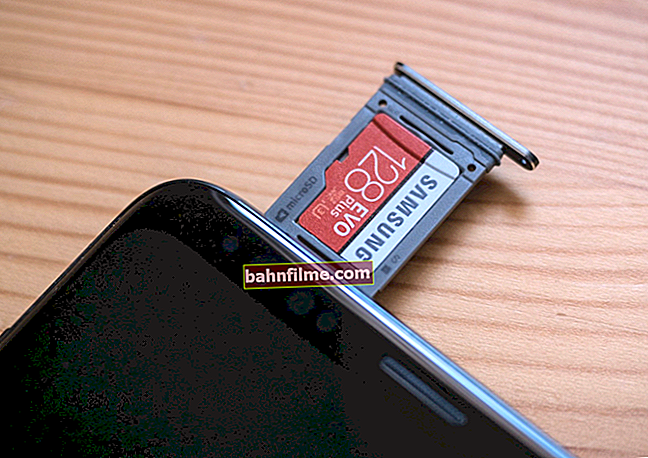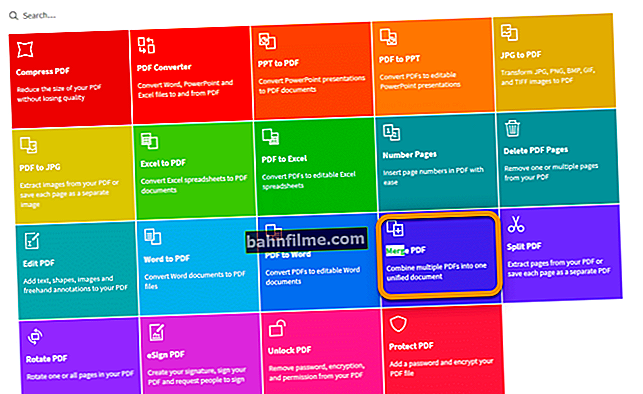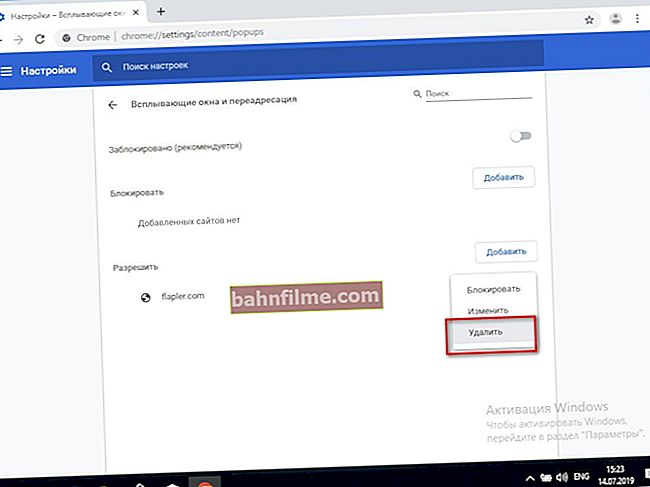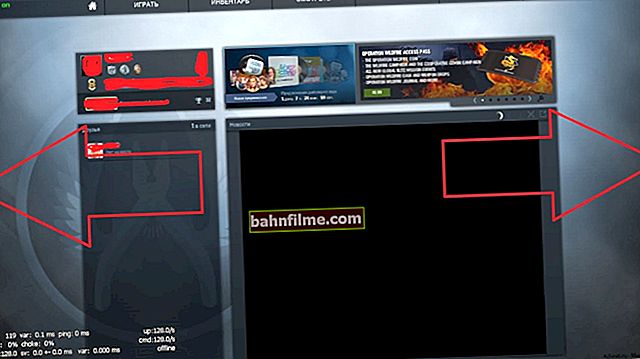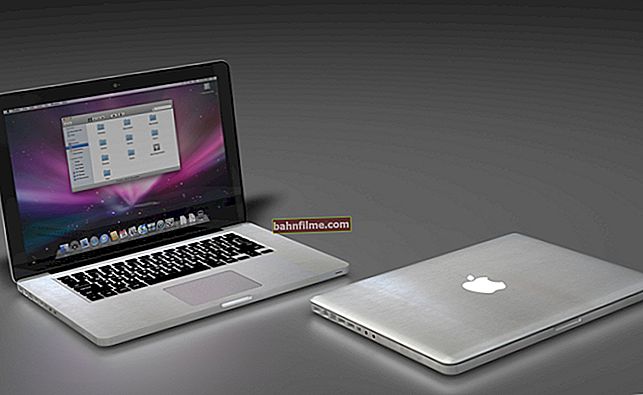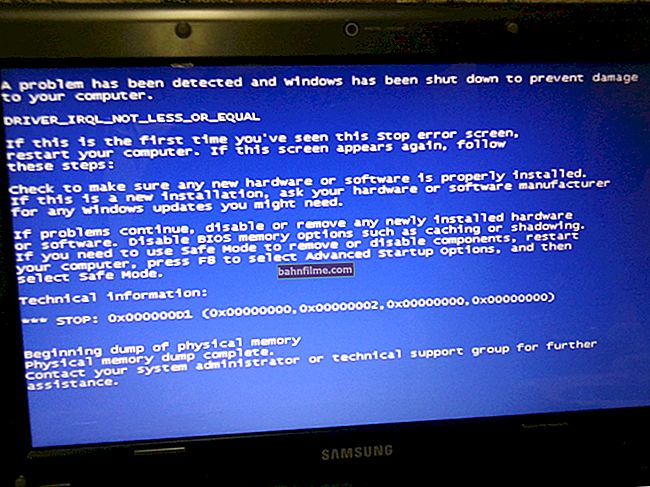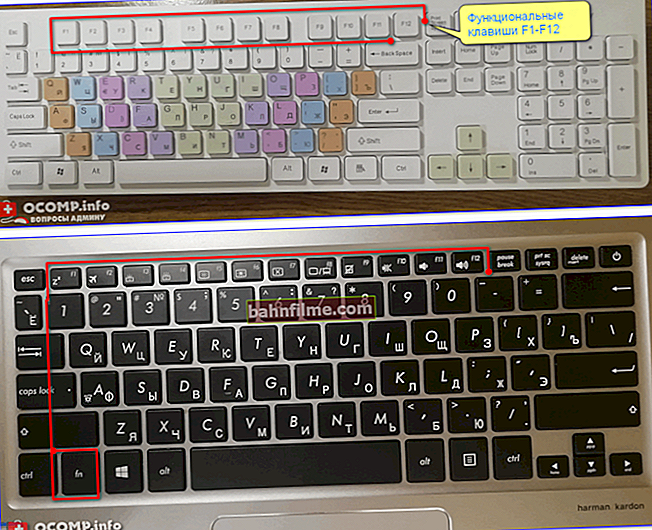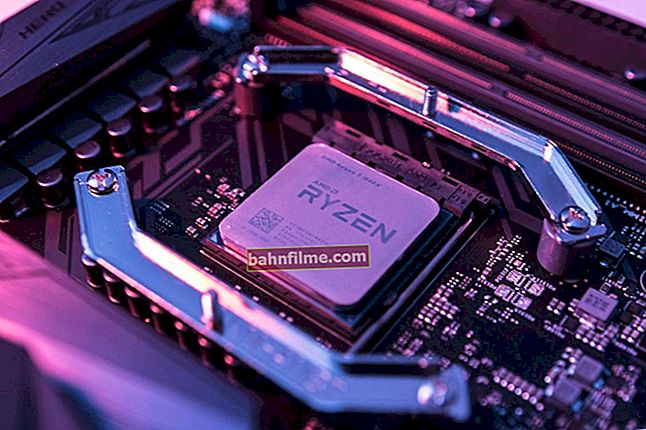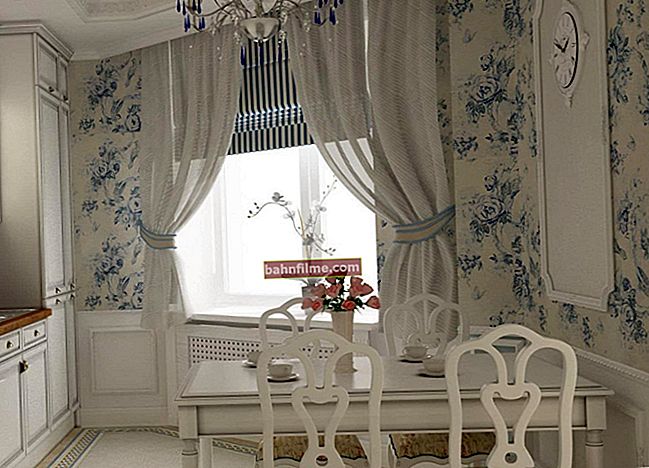 Good time!
Good time!
This article will discuss one very insidious problem: a sudden restart or freezing of the computer during operation (this often happens in games and heavy editors). In the event log, such an error is marked as Kernel-Power with code 41 (hence the title of the article).
In general, it is difficult to diagnose, because reboots occur randomly: once every 10 minutes, then once an hour. Nevertheless, below I will give the most common reasons due to which this can occur (from experience, thanks to their elimination, it is possible to resolve about 80-90% of cases).
All the steps below should be followed sequentially, saving the settings after each change and testing the operation of the PC.
After all the prefaces, now we go directly to the solution ...
*
What to do if your PC starts to freeze or reboot
STEP 1: look at the event log
And so, the first thing I recommend to do after freezing or restarting the PC is to carefully 👉 look at the event log (Note: Windows logs all errors in this special log, which makes it easier to diagnose the problem).
In addition, perhaps, in your case, the problem is related to some other event (in the article we will consider the Kernel-Power error code 41, category 63).
How to do it:
- to push Win + Rto display the Run window;
- enter commandeventvwr and press Enter (the event log should open);
- go to tab "Windows / System Logs" , click on the filter in the right menu, select display only "Critical" and click OK. See screenshot below.

Event log - looking at critical errors / Clickable
Further, only critical errors that led to the system crash will remain in the log. You need to navigate the time when the error occurred and view its description. In my case:"The system rebooted, shutting down with errors ... Kernel-Power code 41, task category: 63 ...".

Kernel-Power code 41, category 63
If your reason is similar to mine - let's move on ... 👇
*
STEP 2: optimize your BIOS settings
After that, I recommend going to 👉 BIOS / UEFI settings. In them, we need to do 2 things (at least):
- disable all settings that affect overclocking and acceleration of the CPU (usually, such items are marked as CPU Turbo / Boost - they need to be set to Disabled);
- reduce the frequency of the RAM (Memory Clock / DRAM Frequency). Or convert the value to Auto , or manually specify a new frequency, for example, from 3200 to 3000 MHz (a couple of screenshots from different motherboards are given below 👇).

RAM Frequency / ASRock

Turbo Boost must be set to Disabled (UEFI) / ASUS
👉 Note!
1) In some cases, resetting and loading the optimal BIOS / UEFI settings helps.
2) Do not forget to save the changes made in the BIOS by pressing the key F10.
3) Of course, if you have special installed on Windows OS. overclocking utilities - they must be temporarily disabled / removed (for the duration of diagnostics).
*
STEP 3: we update the drivers for the mat. board and video card
Despite the fact that Windows 8/10 automatically installs drivers for most hardware - I highly recommend reinstalling them manually. Often, when their selected drivers work "crookedly" and "not correctly" (some modes of operation may not be available at all or crash with errors).
Now, briefly and to the point:
- first determine 👉 the exact model of the video card and 👉 mat. boards (as an option, usually this information is indicated in the documents that came with the purchase of the PC);
- determine the 👉 version of your Windows OS;
- further on official manufacturers' websites download the latest working versions of drivers and update them (guide for updating a video card driver);
- reboot the system and check the PC again;
- I would also recommend scanning the system using the 👉 Driver Booster utility (in addition to drivers, it can load into the system all the necessary libraries needed by games, editors, etc.).

Update everything - game components, sound and game devices, etc. / Driver Booster
*
STEP 4: monitor the temperature of the processor, video card
Modern CPUs have special ones. overheating protection - if the temperature reaches a certain critical high value, the PC simply turns off or reboots (in rare cases it freezes). Usually, the problem occurs when launching games, some heavy editors, etc.
If you have The PC just "crashes" in games - for diagnostics, I would advise you to install the FPS Monitor utility and monitor to what temperatures the processor and video card reach (before "crashing").

Screenshot with readings from the WOW game - the temperature is about 60 ° C (normal ...)
In general, it is difficult to give any "boundaries" here (since everyone has different hardware), but for modern Intel Core and AMD Ryzen everything that is above 75 ° C-80 ° C deserves attention ...
👉 To help!
Intel processor temperature: how to find it; which is considered normal and which is overheating
Video card temperature: how to find it, permissible and critical values of t-ry
👉 What can be done to reduce the temperature:
- clean the PC from dust and replace the thermal paste (on the CPU and video card);
- install in the system unit add. coolers for blowing and blowing (temporary option: do not close the side cover - put a regular room fan in front of it);
- replace the CPU cooler with something more powerful (if you have a boxed cooler, even more so change it to a tower-type cooler with copper pipes).
👉 To help!

How to find out the temperature of the processor, video card and hard drive, what is considered the norm? Ways to reduce the temperature of computer / laptop components
*
STEP 5: optimizing power settings
To open them, you need to go 👉 to the Windows control panel, to the section "Hardware and Sound / Power Supply" .
Next, I recommend that you first set the high performance mode (see the screen below), and then go to the section Power Button Actions .

Power Supply - Control Panel
In this subsection, you need to disable Fast Startup (it sometimes affects the stability of the system).

Enable Fast Startup
Then, in the additional parameters of the high performance mode (which we chose a little earlier), I recommend setting the maximum CPU state to 99% (by default, it is 100%)!

Maximum CPU health - 99%
Next, you should restart your computer and check the functionality ...
*
STEP 6: test the RAM, PSU, UPS, surge protector
If all of the above doesn't work, there may be a hardware problem. To diagnose it and find the causes, I recommend a small "experiment":
- disconnect from the UPS system unit (if any), the surge protector (you need to connect directly to the outlet without extension cords and adapters). Recheck the work of the PC;
- after, disconnect from the mat. TV tuner cards, network and audio cards, video card (if there is a built-in one), etc. Those. disable everything to the maximumwhat is possible;
- further I recommend 👉 test the RAM dies (are there any broken ones among the dice that do not pass the test?);
- shutting down and restarting the PC is very often indicate on problems with power supply (BP). Therefore, I highly recommend connecting the system to another more powerful power supply unit and testing the operation (if there is no power supply unit, then it is probably better to contact the service);
- if after disabling all add. PC components began to work correctly and freezes with reboots stopped - after that start connecting one device to the mat. board and test the stability of the system (the most common problem is caused by audio and network cards. If you have 2 of them in the system, it is recommended to turn off one);
- and the last, perhaps your mate. the board is not of the most successful design and the chipset overheats in it. It is not always easy to diagnose this - therefore, there are no repair comments here.If possible, try connecting your components to another mat. board and check the functionality ...
*
If you solved the problem in some other way, drop a few words in the comments (thanks in advance!).
Good luck!
👋

